Redux: Wind Turbines Cause Local and Global Warming and Affect the Weather Air friction and circulation increase land temperatures and cancel purported "global warming" benefits
Lesser known but extremely impactful issues are that terrestrial wind farms can increase or decrease local wind speed, increase ground temperatures (up to 0.5 degrees C), increase water evaporation
Redux: Wind Turbines Cause Local and Global Warming and Affect the Weather
Air friction and circulation increase land temperatures and cancel purported "global warming" benefits
AND
MAY 10, 2024
Above: wind turbines can create dry desert-like conditions.
Tuco’s Child and JF’s Preface
All over the world, the negative environmental impacts associated with wind power are just starting to be understood . Lesser known but extremely impactful issues are that terrestrial wind farms can increase or decrease local wind speed, increase ground temperatures (up to 0.5 degrees C), increase water evaporation, and retard plant growth via soil drying.
These effects are due to localized heating from air friction and the the generation of downstream wakes (areas of disturbed flow behind each wind turbine). Like the water wake behind a motorboat, wind turbines create a wake of slower, more choppy air that eventually spreads and recovers its momentum. The wake increases mixing in the lower atmosphere and thus wind turbines have an impact on near-surface air temperature and humidity.
These air disturbances impact the the local climate and ecosystems and cancel out any “benefits” derived from creating electricity via wind power vs. fossil fuels. The long term effects of wind power on local ecosystems, insects, flora and fauna are generally negative, from the ground and into the air (ex. birds). Adaptation of wind power worldwide will likely have a definitive cancellation effect on “global warming” due to air heating and circulation. In another twist, a recent literature survey uncovered that offshore wind turbine farms can effect both onshore and offshore weather patterns and weather event intensity.
In this newsletter we present a few lead references into this understudied but very important field of ecology, and the negative and unknown long-term effects of large scale “renewable energy” technologies on ecosystems. We invite the reader to use these lead references to discover other citations and documents that are starting to appear in the literature worldwide.
Thanks for reading Tucos's Child Newsletter! Subscribe for free to receive new posts and support my work.
Subscribed
This study discusses a +0.24 C increase in temperatures and the neutralization of wind power “benefits” if widely adopted in the USA
Climatic Impacts of Wind Power
Lee M. Miller, David W. Keith, School of Engineering and Applied Sciences, Harvard University, Cambridge, MA 02139, USA. Harvard Kennedy School, Cambridge, MA 02138, USA
Wind power reduces emissions while causing climatic impacts such as warmer temperatures
Warming effect strongest at night when temperatures increase with height
Nighttime warming effect observed at 28 operational US wind farms
Wind's warming can exceed avoided warming from reduced emissions for a century
In another seminal study, a wind farm in Texas was shown to increase local temperatures by up to +0.5 C:
Diurnal and seasonal variations of wind farm impacts on land surface temperature over western Texas
Zhou, L., Tian, Y., Baidya Roy, S. et al. Diurnal and seasonal variations of wind farm impacts on land surface temperature over western Texas. Clim Dyn 41, 307–326 (2013). https://doi.org/10.1007/s00382-012-1485-y
There are 60 citations to this study for those interested in digging further
We heart Texas, but why why? Is it the $$?
The following recent study reveals that tropical storms or depressions intensities and lifetimes are increased by offshore wind farms
The influence of offshore wind farms in the northern South China Sea on a tropical depression far away (over the Beibu Gulf) is investigated through a fully coupled atmosphere-ocean model. Results show that in the experimental run with the offshore wind farms, the tropical depression located downstream of the wind farm are maintained for longer periods of time. This is mainly due to the stronger convection on the western side of the tropical depression.
Above article has over 77 references.





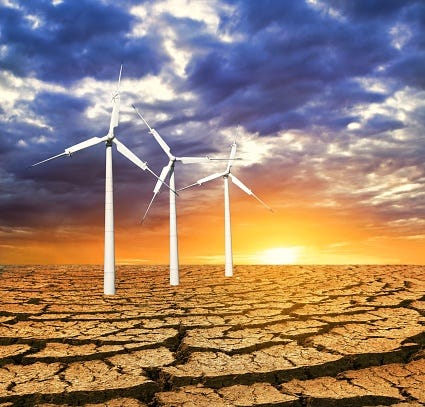
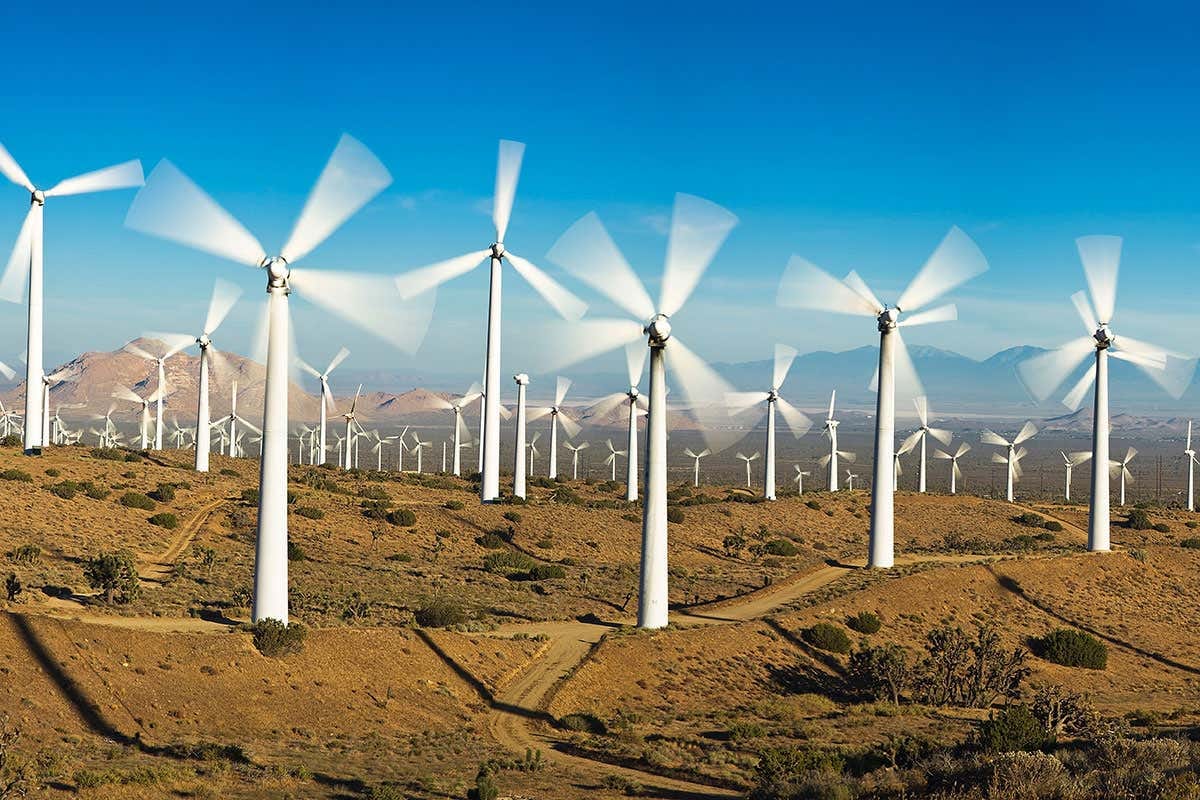
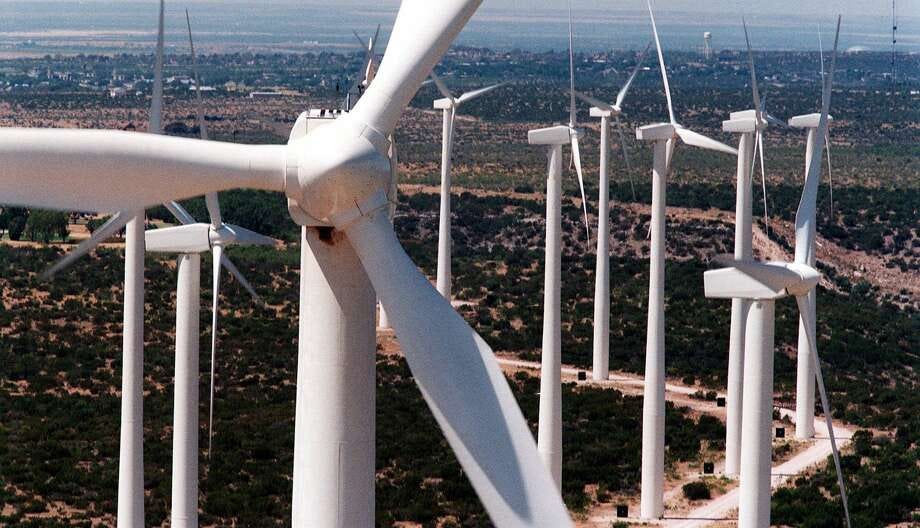
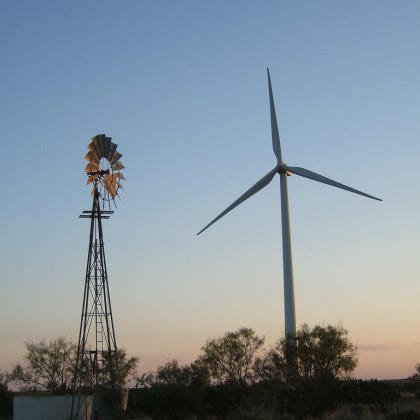

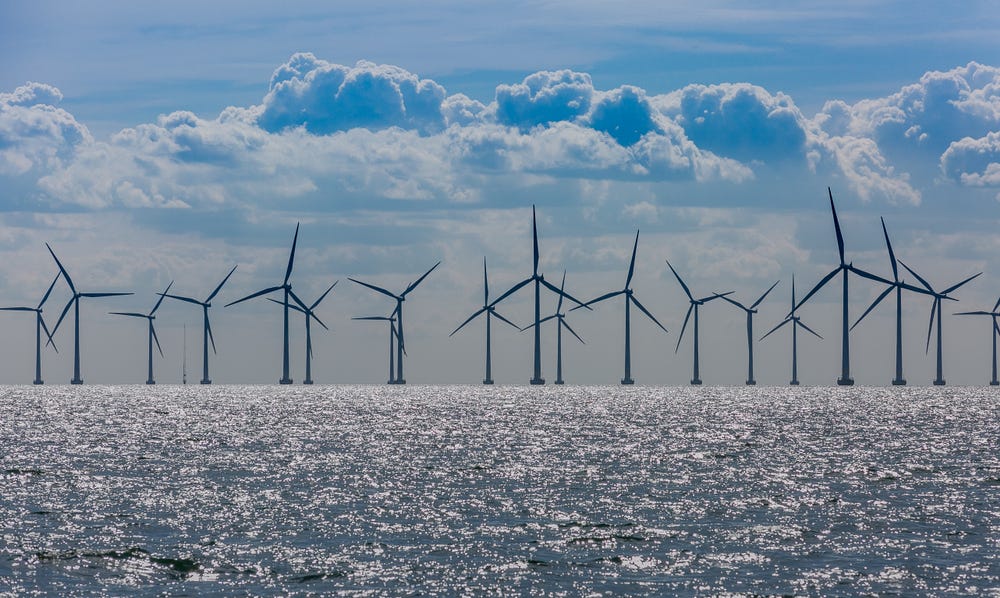
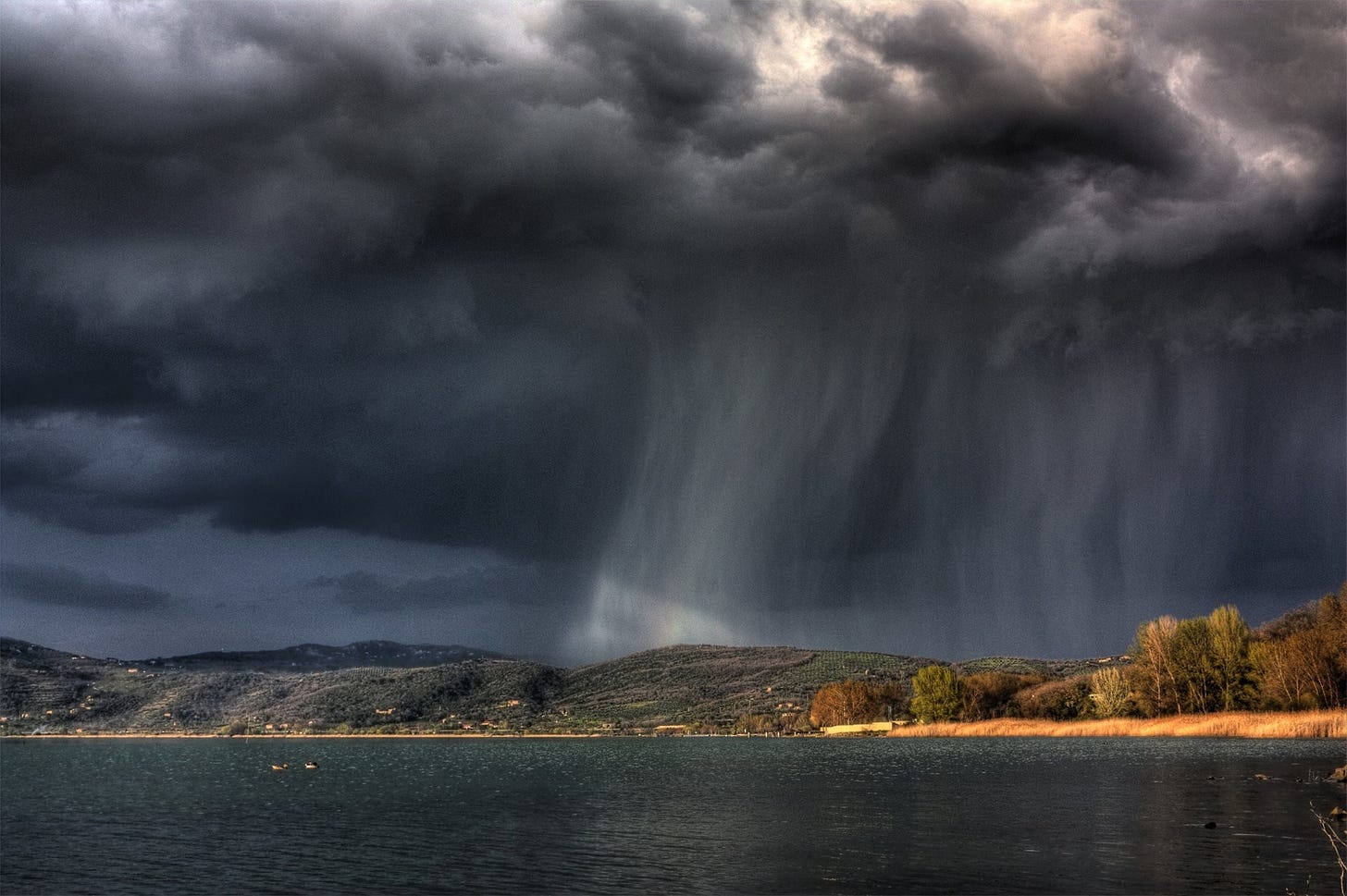
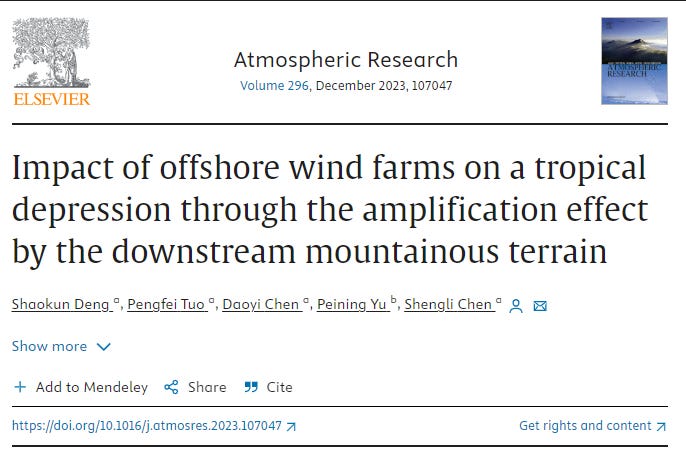
It kind of stands to reason that if you take the kinetic energy of the air mass and convert it to electricity, then the air mass will have reduced energy, meaning lower velocity (since the mass of the air is constant). If the air isn’t moving, then the cooling effect is less. Throw up enough wind farms, you can probably stop the air dead in its tracks!
The other unintended consequences of wind turbine farms is the increased slaughter of birds, bats and flying insects.